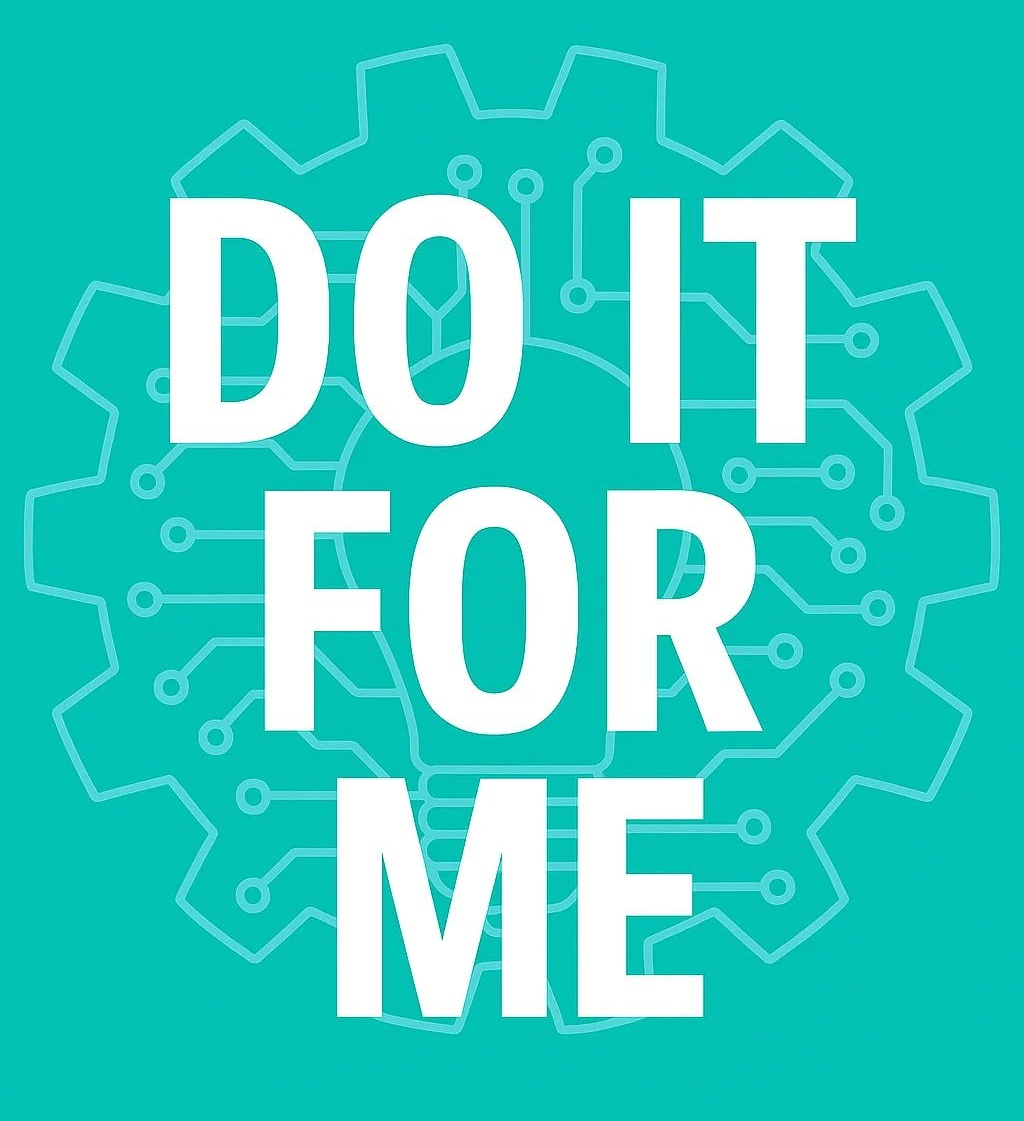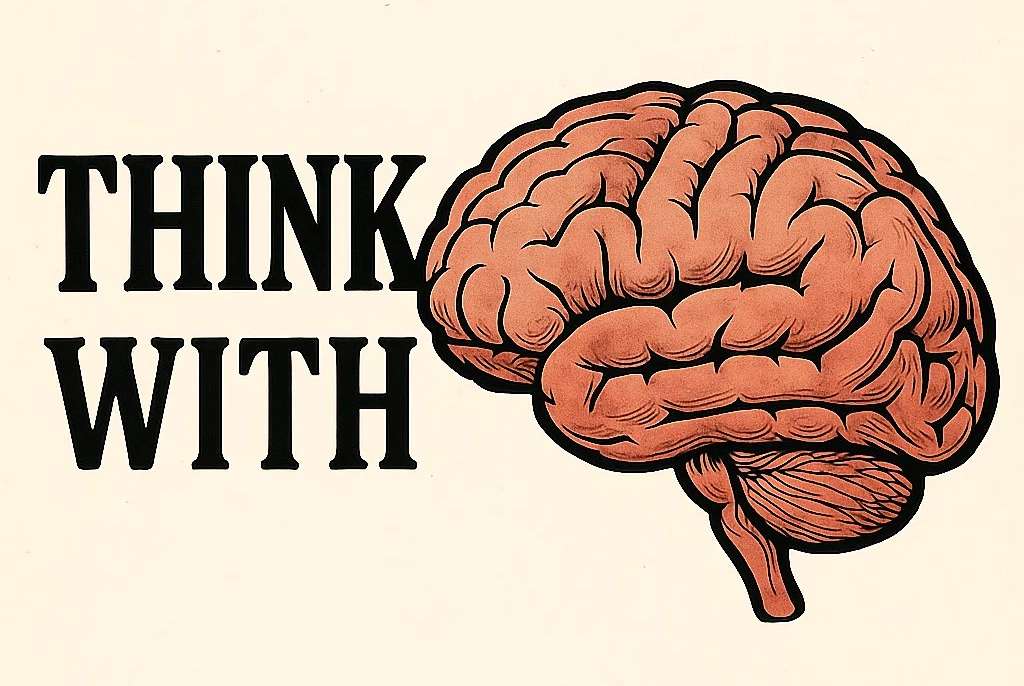
Overuse is a real concern. Some students like Abby McGinnis at Michigan State admit to checking ChatGPT constantly. If students just copy AI answers without thinking, they don’t really learn. This habit might weaken their problem-solving skills over time.
Accuracy can be an issue. Sometimes AI invents facts or repeats biases from its training data, and these biases can also come from the user’s previous input, as AI models are often designed to align with user expectations and provide agreeable responses. This is further explored in the discussion on AI as search engines, AI models tailoring their responses to align with a user’s expectations can be beneficial or problematic, depending on the context and how the technology is applied. Dirk Colbry’s research at Michigan State shows these systems can unintentionally spread stereotypes.
Privacy matters too. Some learning apps collect lots of student data without clear security protections. Also, students without good internet access might fall behind as AI tools become common.
Responsible Use
Schools are finding smart ways to use AI. For example, Northwestern University suggests three simple rules:
- Be open about using AI for assignments
- Always check AI information against reliable sources
- Design assignments that value thinking process over final answers
The University of Nebraska Omaha teaches students to question AI outputs in classes like public speaking and Spanish. This builds critical thinking skills alongside tech skills.

What’s Next for AI Learning
Future AI study tools will be even more useful by combining different technologies. Imagine asking your study buddy a math question — it might use a calculator program behind the scenes, then explain the answer in simple terms.
They’ll help students collaborate. AI could help classmates give better feedback on each other’s work, saving teachers time.
Schools are taking AI seriously. The University of California Irvine is creating campus-wide AI tools and even considering AI degree programs. This signals that AI partnerships in education are here to stay.
The Bottom Line
AI study buddies make personalized learning possible for millions. But they work best when used wisely. As Syracuse University researcher Jaime Banks notes, we should remember these are tools, not human replacements. The smart approach to use AI is by:
- Explain confusing topics in different ways
- Create practice questions
- Organize study materials
- Save time on routine tasks
The real goal isn’t to let AI think for us, but to help us think better. When students treat their AI buddy as a helper rather than an answer machine, they prepare themselves for a future where humans and technology work together.

